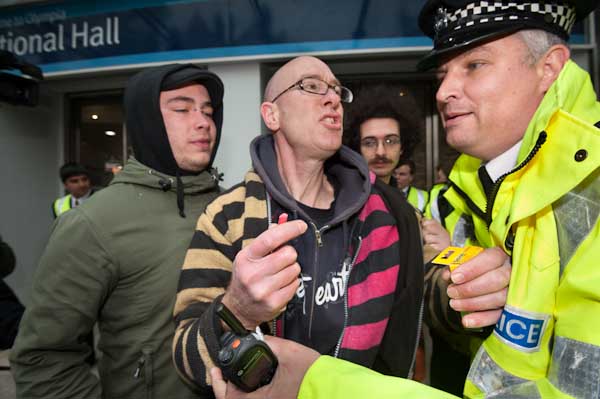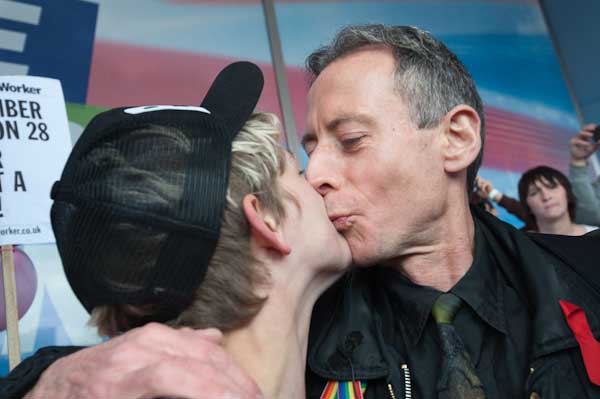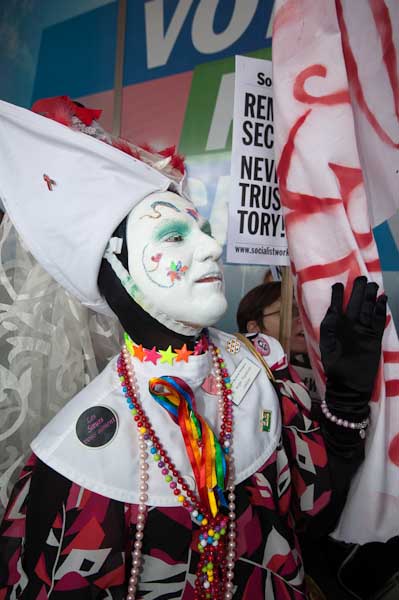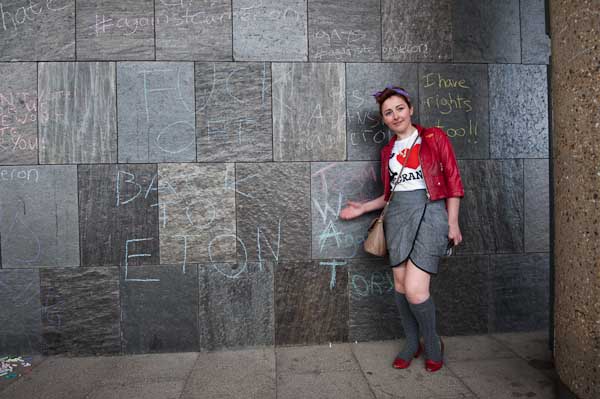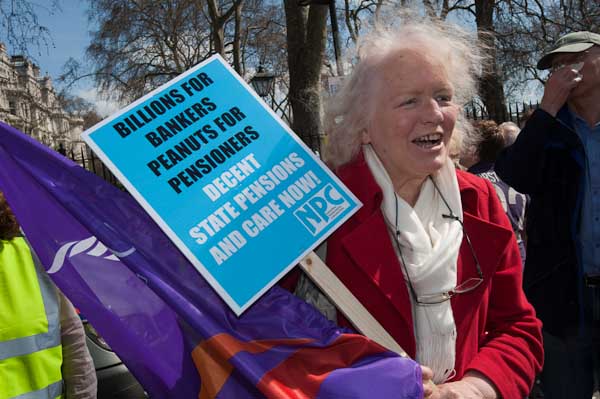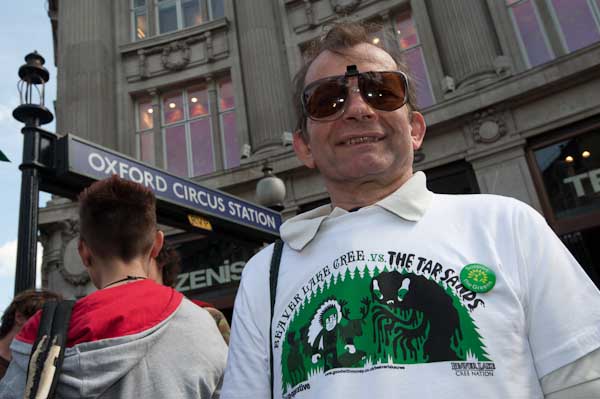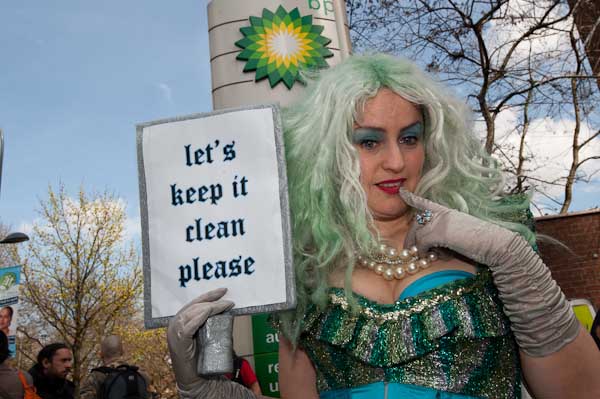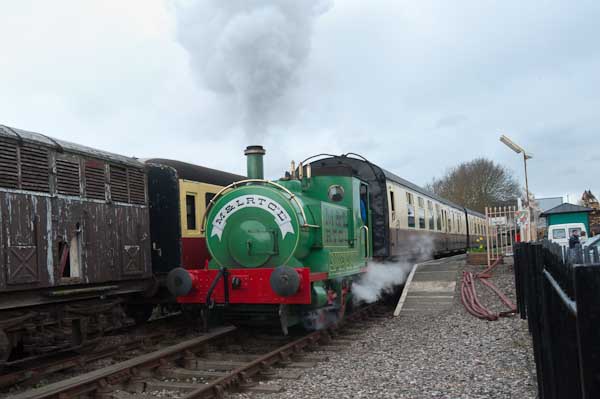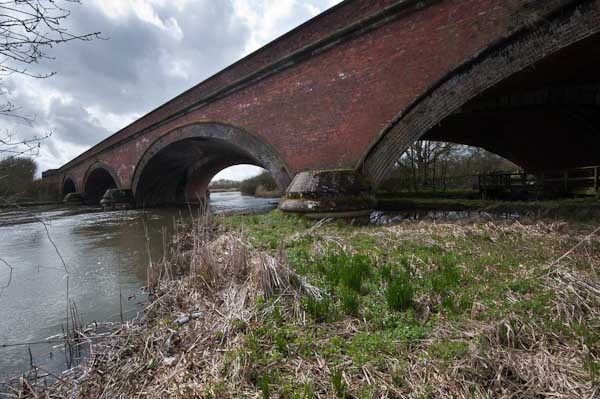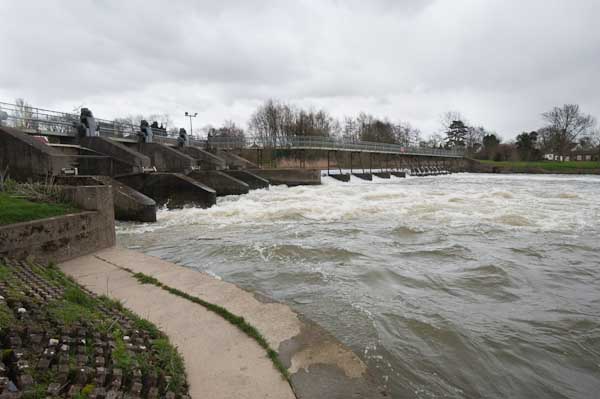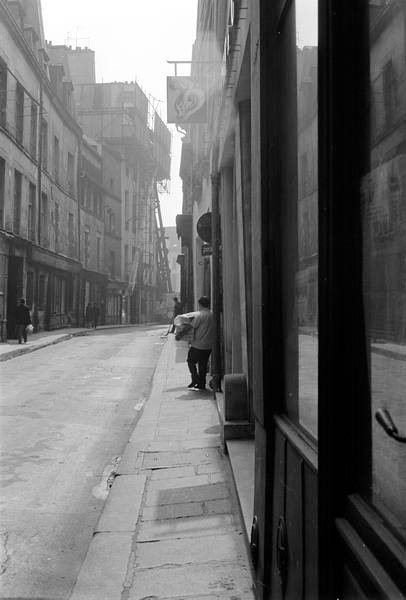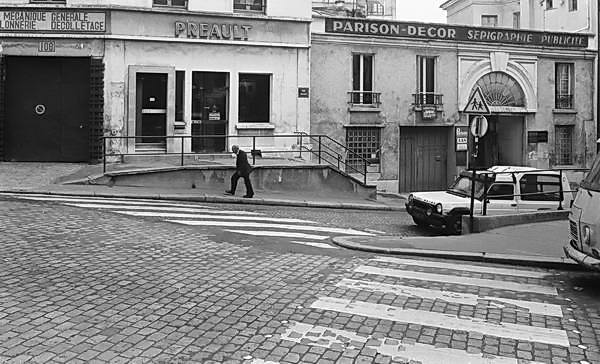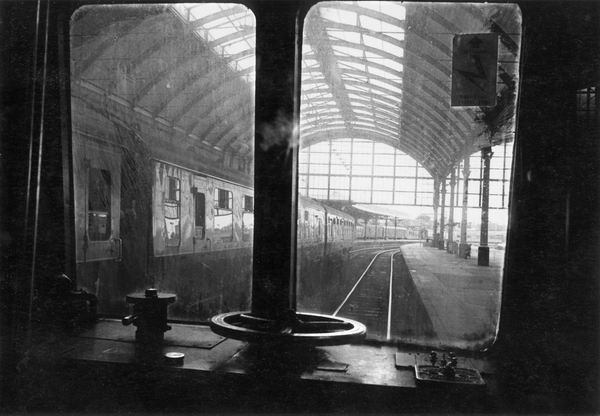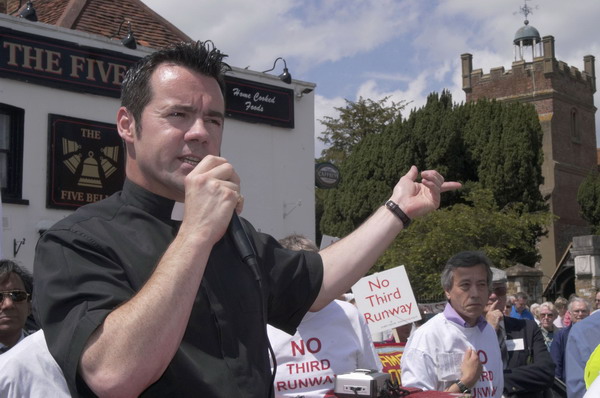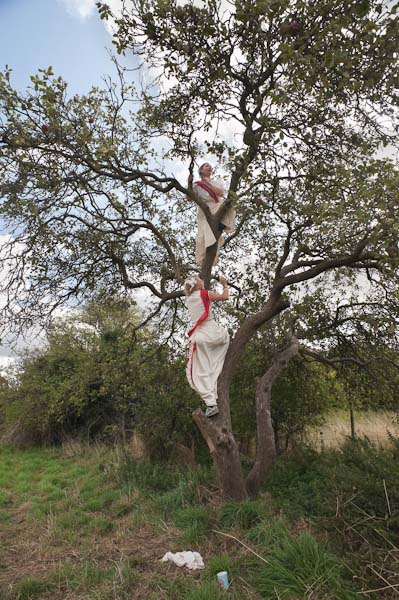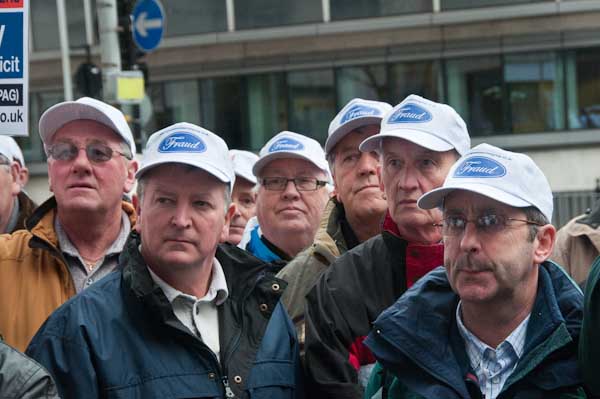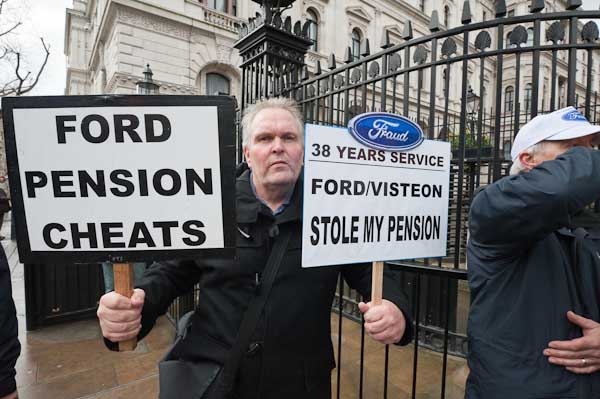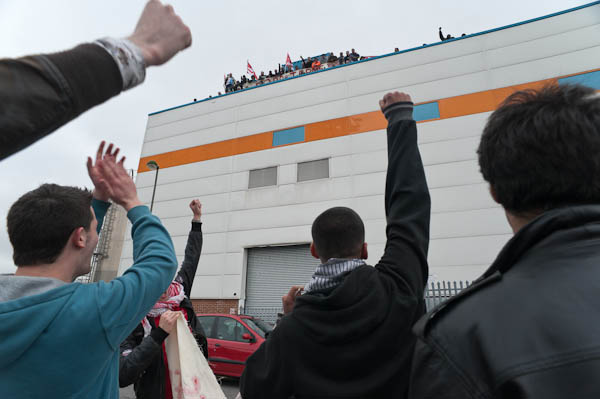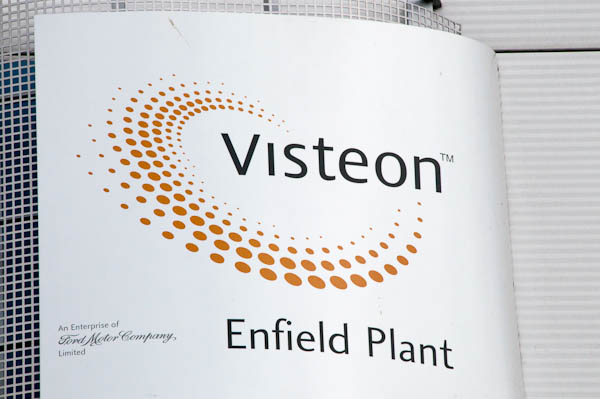Yesterday I went to a public meeting organised by the London Photographer’s Branch of the NUJ about the systematic harassment of journalists, particularly photographers, by the police.
Around seven years ago, many of us began to notice the increased us of photography by the police at demonstrations, and were disturbed by the way that it sometimes seemed to be used more as a way to harass protesters than for the stated purpose of gathering intelligence. We became even more disturbed when it became clear that photographers were clearly being targeted and photographed time after time.
The first time I noticed it was when two officers came up to talk to me as I was photographing a demonstration outside the National Portrait Gallery. As I turned round to face them I met the flash of the photographer from the Met who had clearly been waiting for the moment. It was the first of many such times. On one occasion in Parliament Square I stood for what seemed like several minutes with my camera in front of my face pointing it directly at a police photographer around 5 yards away who was pointing his camera with a telephoto lens directly at my face, clearly waiting for me to put the camera down so he could take yet more photographs of me, to add to the thousands already taken and doubtless on the database that the police still seem to deny having despite having been forced to admit its existence in court.
This is one area where we have now made some progress through protests and dialogue between the NUJ and others and the police and I haven’t noticed a police photographer taking my picture since we caught one out at the French embassy in July last year – and when challenged he vehemently denied having done so.
But that hasn’t stopped various unacceptable treatment. Not long ago a colleague was stopped and searched by police three times in half an hour covering a single demonstration, and others have also been searched while taking photographs where there was clearly no proper reason for the search. Advice from the Home Office has made it clear to police that they should have some real reason to suspect people are in some way connected to terrorism before using this as a pretext to carry out a search, but so far the police seem determined to ignore this advice.
All of us who photograph protest are I think worried, especially when we turn up and find we are the only journalist present (as in the case of that triple search.) I don’t know what goes on when there are no journalists present, but having several of us around does seem to inhibit police irregularities. It’s no coincidence that when I was searched I was the only photographer present. We really shouldn’t be needing to rely on safety in numbers.
The government is currently attempting to appeal a European court ruling that the stop and search legislation is illegal, and it was good last night to hear film-maker Pennie Quinton whose appeal, supported by Liberty, achieved this decision.
You can read more about the rally on the London Photographers’ Branch web site, where you can download a full audio file of the evening. But the highlight came at the start where we watched Jason N Parkinson’s film Hostile Reconnaissance with examples of police misbehaviour towards photographers and highlights from the campaign by the NUJ, LPB and Im a Photographer, Not a Terrorist! which is not available on the site.
Perhaps the most salient contribution to the evening came from Prof Keith Ewing, who suggested we campaign for a Press Freedom Bill on the lines of the Swedish Freedom of the Press Act, listing the twelve points he thought this should contain:
- A right not to reveal sources.
- A right not to be required to surrender images.
- A right to attend public events and to move freely at these events.
- A right to right to take photographs in a public place.
- A right to photograph police officers and public officials exercising their duty.
- A right not to be under surveillance by police or intelligence services.
- A right to not have equipment confiscated.
- A right not to have images erased or equipment deliberately damaged.
- A right not to be subject to Stop & Search.
- A right not to be restrained by injunction.
- A right that police Forward Intelligence Teams only act with prior legal authority.
- A right to meaningful accountability of police Forward Intelligence Teams.
And clearly the most depressing comment of the evening came in a contribution from the floor, when one photographer stated that he sometimes felt sorry for the police, as he had been to one or two demonstrations and felt it was hard for the police to distinguish between “proper” photographers and others who were there with press cards.
Suggesting that in any way the police should be able to decide who is or isn’t a “proper” journalist seems to me to be inviting a police state. We have a system of press cards that has been accepted by the police and is administered by various gatekeeper organisations who control it so only those who need a card and qualify for one should have them. The Association of Chief Police Officers have agreed the scheme and the only job of the police is to honour this agreement and recognise the needs of the press and wherever possible to make it possible for us to do our job.
Of course having a press card does not remove the requirement for citizens to obey the law (any more than wearing a police uniform should not.) I’ve been to more demonstrations than most, and can only recall one occasion where someone wearing a press card has behaved in a clearly unsuitable way. Several other photographers at the event, myself included, clearly told him that he could either be a journalist or a protester but if he wanted to protest he should put the card away. I’ve not seen him at an event since.
Of course we all have rights, including the right to photograph in public, whether or not we have a press card, but those who are accepted by the industry as members – and increasingly that will also include bloggers and others writing for the web as well as print journalists – have a special responsibility. Most but not all of the points made by Ewing should apply to all, not just journalists.I think journalists might also think rather more about putting their own house in order and pressing for more accurate reporting of protests. I was shocked at the Trafalgar Square rally to find a fellow journalist standing up in front of a BBC TV camera and state there were “three hundred” people present, when if his cameraman had panned around the square he would have found several thousand.
It was the press too, that colluded with the police in building up an atmosphere of terror in the lead up to the G20 demonstrations in the City of London last April Fools Day, inventing lies and deliberately confusing street theatre and metaphor with insurrection. And the papers have already started this kind of nonsense for this May Day in London.
